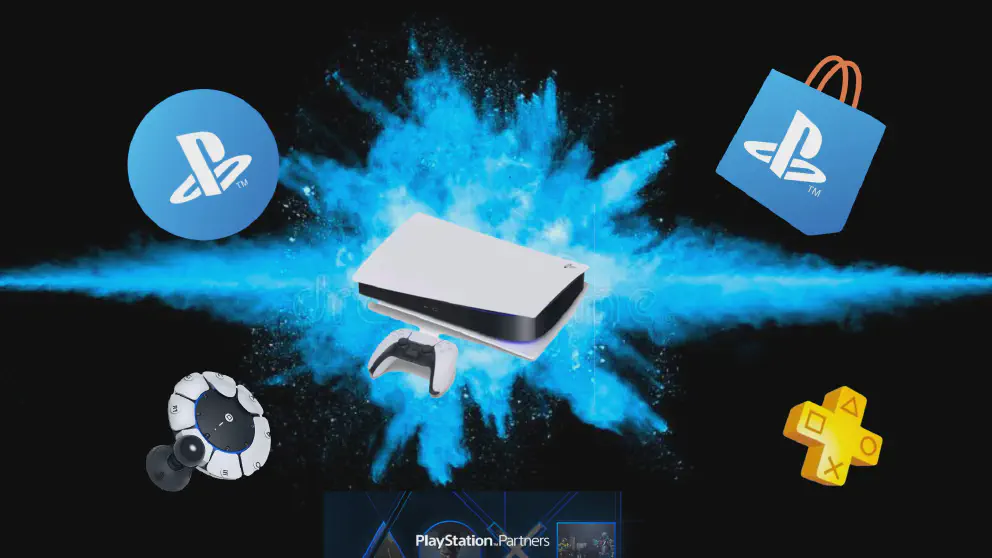For many, the Playstation console most fondly known as PS5 in the latest iteration is a device that people come, sit in front of the screen and spend their hours away. For Sony though, it is a platform that is used by over a hundred million users and generates tens of billions of dollars. It changed the game for Sony from being known for their TVs and Walkman to the gaming company that everyone wants to beat.
This article aims to demystify the hidden ecosystem that is the Playstation Ecosystem. You will find out that the ecosystem is more than just a gaming console used by teenagers to waste their time.
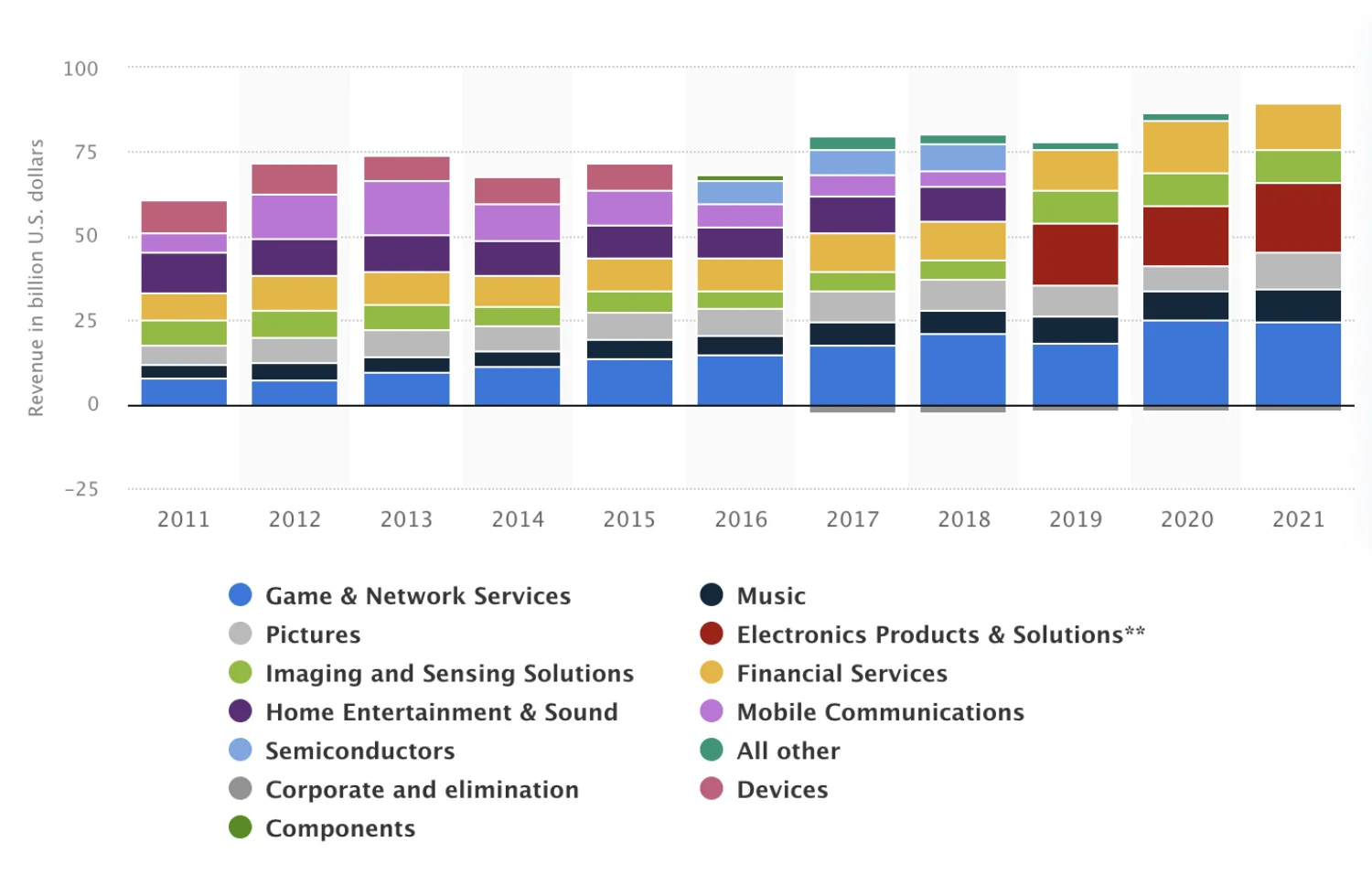
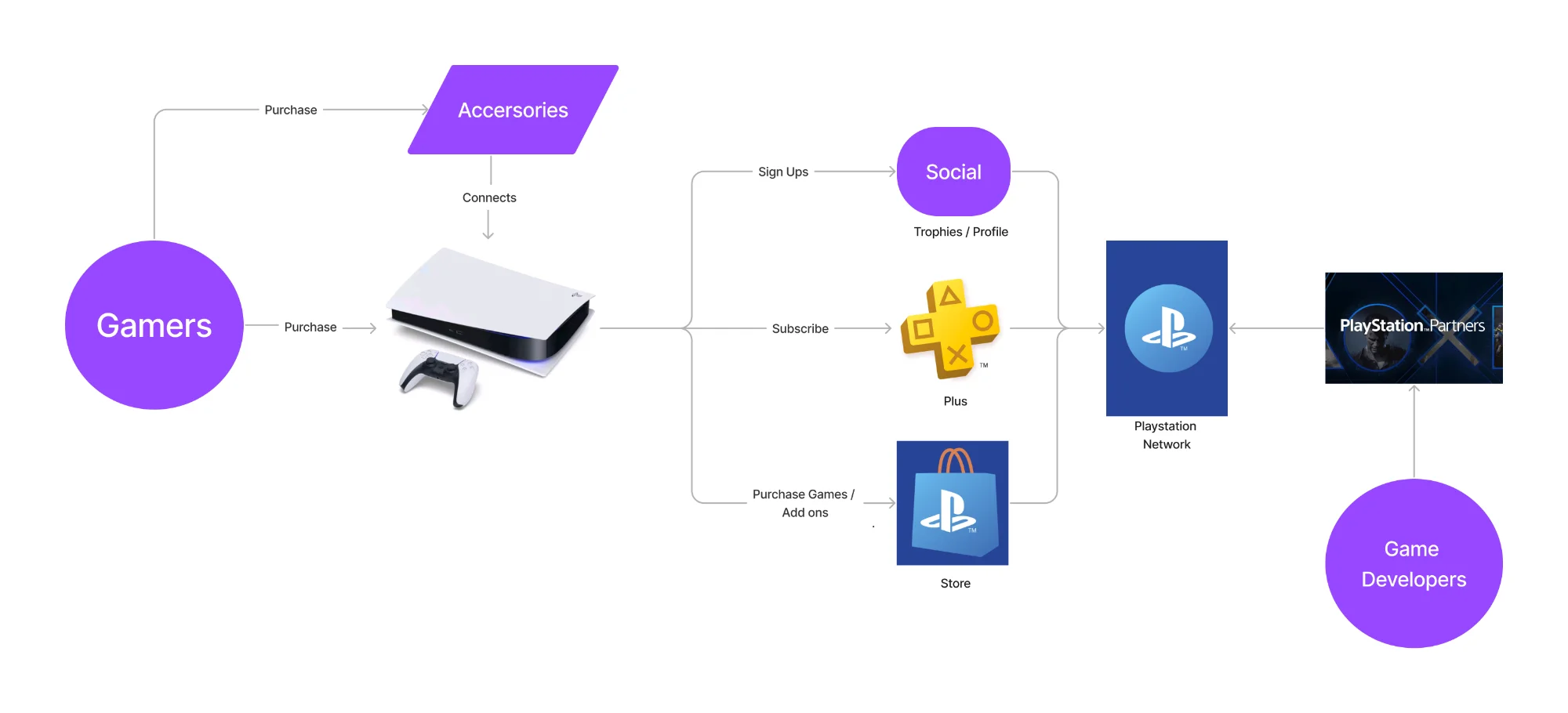
Playstation Overview
To understand the ecosystem, you have to see the evolution of the device that is central to their entire ecosystem: the Playstation. First debuted in 1994, the Playstation was a big gamble for Sony. Today Sony looks invincible, but back in the early 1990s, many analysts seemed to think Sony’s best days were behind them. Walkman, a portable cassette player that put Sony on the map, has the biggest slump and Sony is looking for new ways to reinvent themselves.
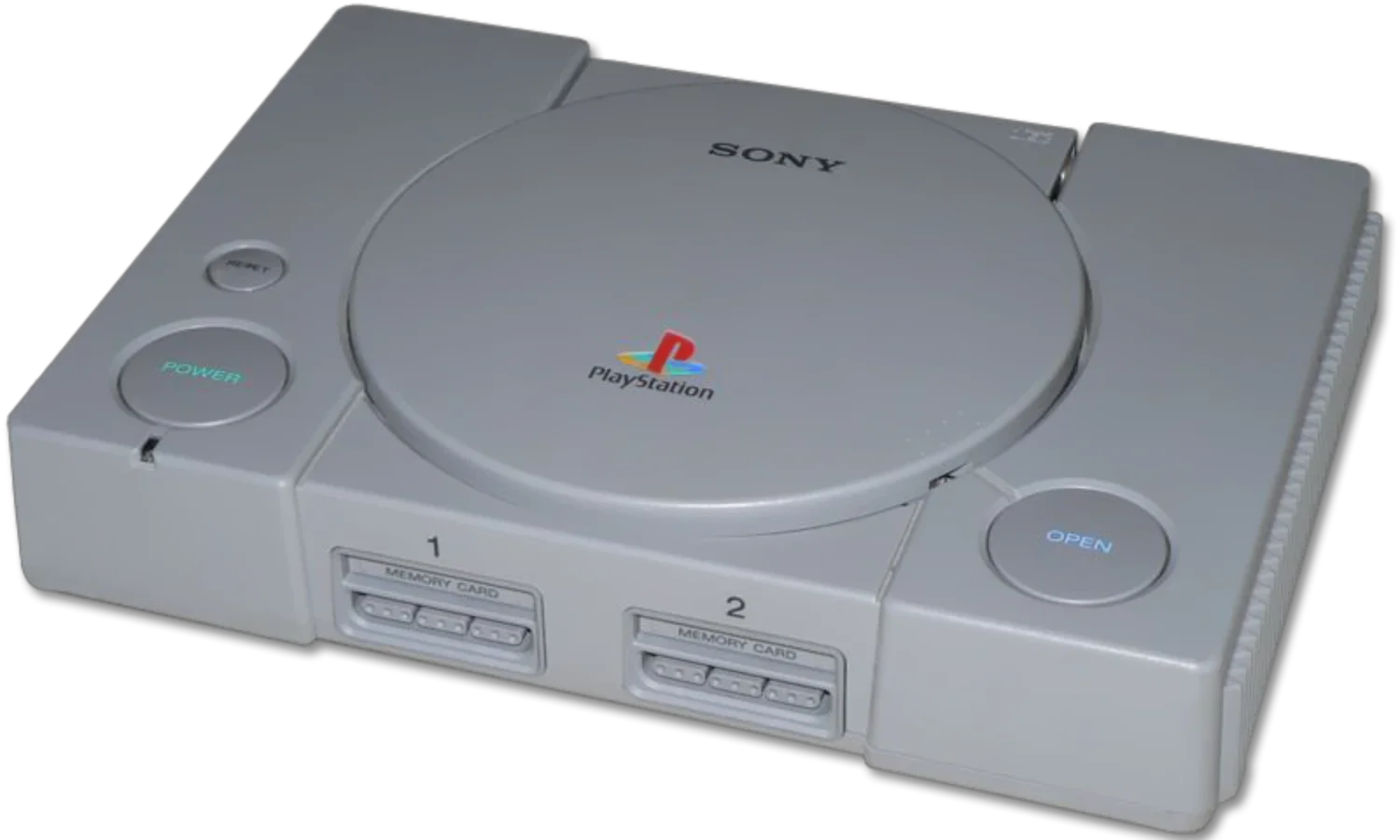
Enter the Playstation (1994-2006), which is Sony’s gamble into the gaming console that was dominated by Sega and Nintendo at that time. The first Playstation was a technical innovation by itself. Games were distributed via CD-ROM instead of cartridges. The CD itself has some innovation to prevent piracy. You can actually save your gaming progress, something that is usually reserved for PCs. Processor was just powerful enough that it can play 3D games, bringing gaming to another level. It was a smashing hit and Sony managed to push 100 million unit propelling Sony from a electronics company to a gaming company.
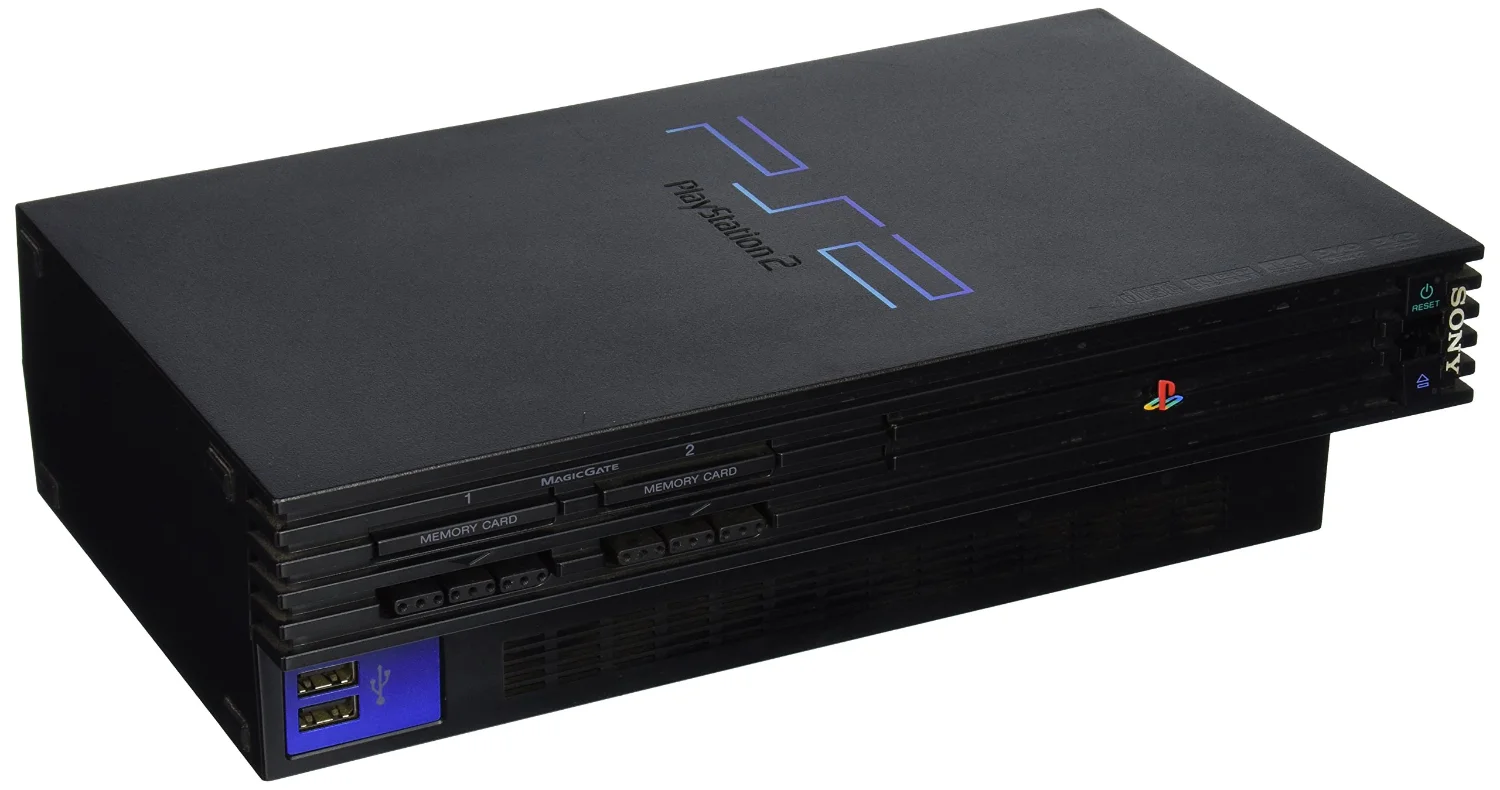
Of course, Sony didn’t stop there and the second iteration, creatively names Playstation 2 (2000-2013) was a smash hit making it the best selling console of all time. There Sony experimented with network support, but just like the PC gaming experience at that time, Sony just provide the network interface but didn’t provide additional service like it is today.
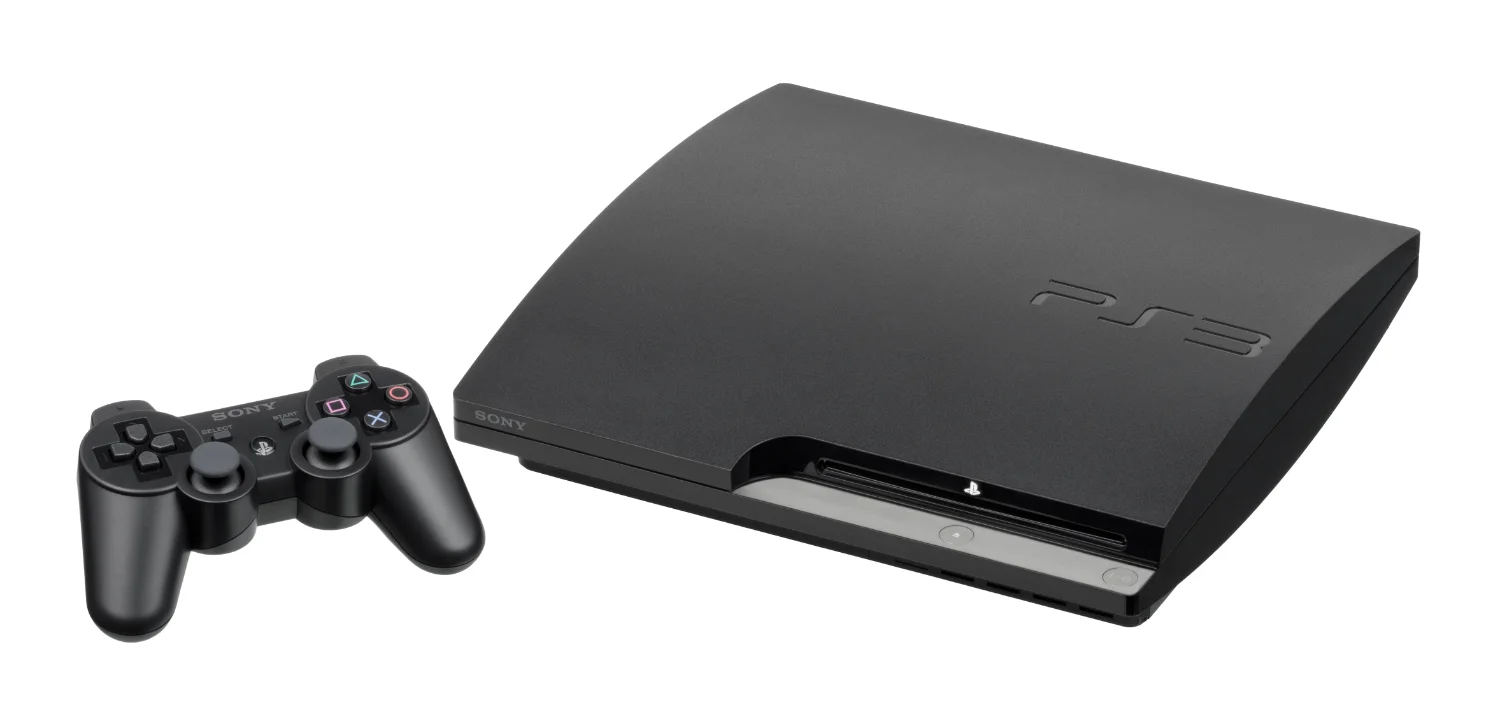
The Playstation 3 (2006-2017) is where Sony leverages on the network effect. It is one of the first devices that supports the Playstation Network, Sony’s effort to put more social networking in the gaming experience. Here you can find your friends, chat with them and even play together with a common networking protocol. No more messing around with arcane keywords like IP addresses to set up a game room. Here is where Sony sees the benefit of their large user base. By introducing new features like Playstation Plus (tiered gaming) Playstation Store (app store), Sony is able to leverage and further monetize their social network.
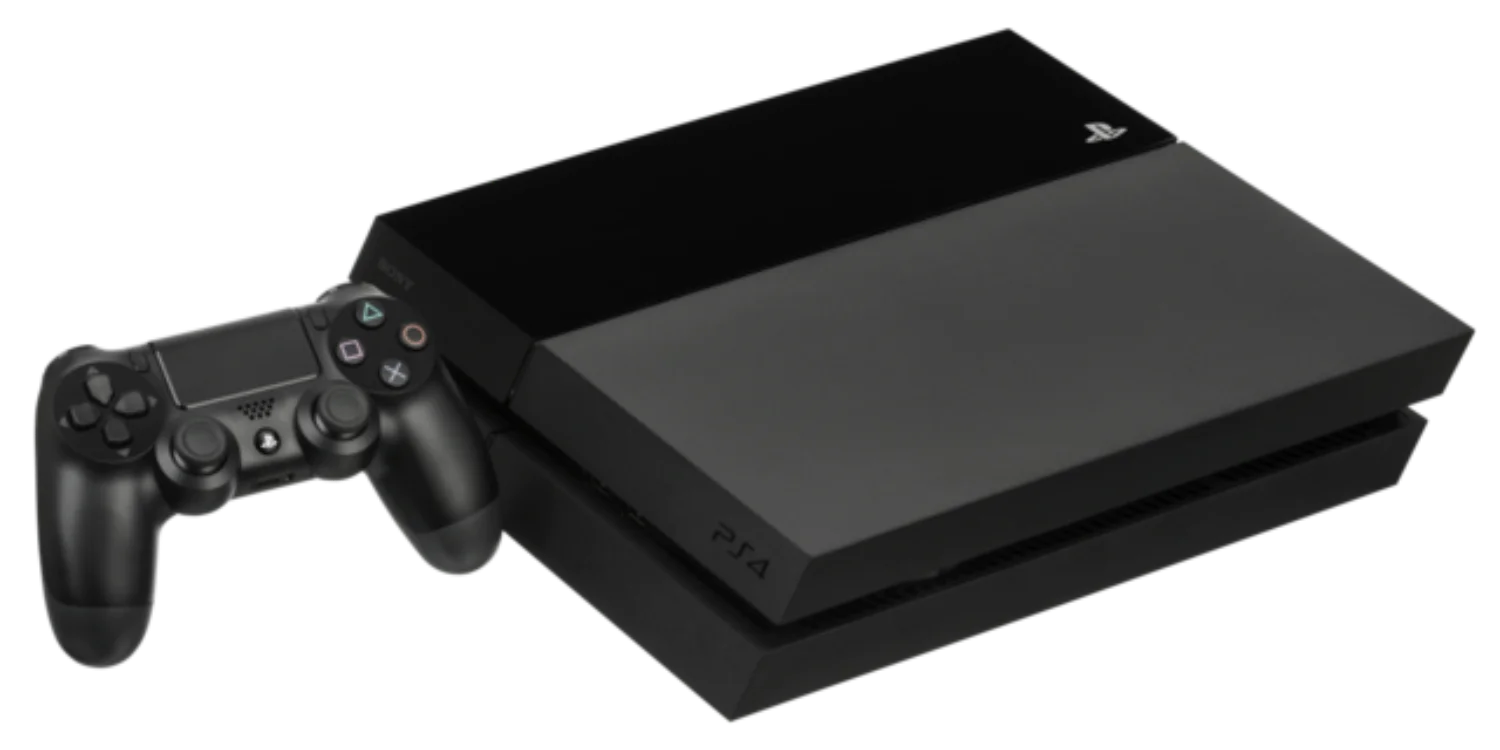
The Playstation 4 (2013-) is where Sony changed direction of the platform again. Instead of using specialized hardware to power their gaming console, the component is more “off the shelf” to encourage new developers to develop and join the Playstation Network. Sony also started to embrace more and more indie developers on their platform.
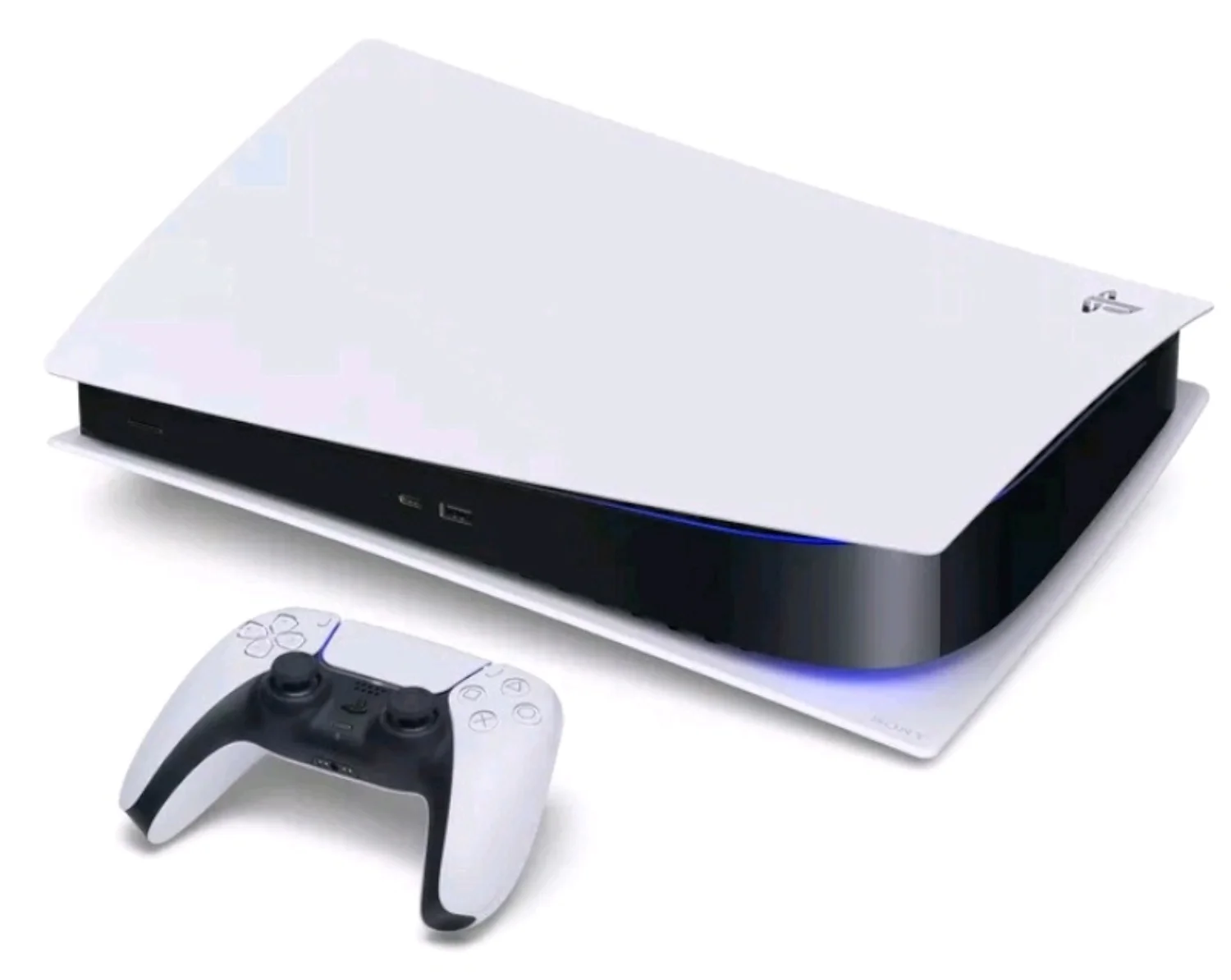
The Playstation 5 (2020-) is where things are now. It represents the current state of gaming: 8K gaming capable, hyperconnected to the network where you easily play multiplayer games, gaming store where you are slowly pouring money to accessorize your character or get the latest games directly from the internet. Basically, the PS5 is the tentacles of the Sony empire.
Playstation Accessories
One of the ancillary incomes for gaming console is selling accessories to connect to the gaming console. In the early days, it was all proprietary connections which means that you have to get a license to get thing to work on the game console. Furthermore, since the connection is proprietary, the market is quite small. Today, everything is basically like a PC build: everything is connected through Bluetooth or USB. The PS5 uses industry standard USB type-C ports to charge and connect devices to the gaming console.
That doesn’t mean that there’s no official accessories from Sony.
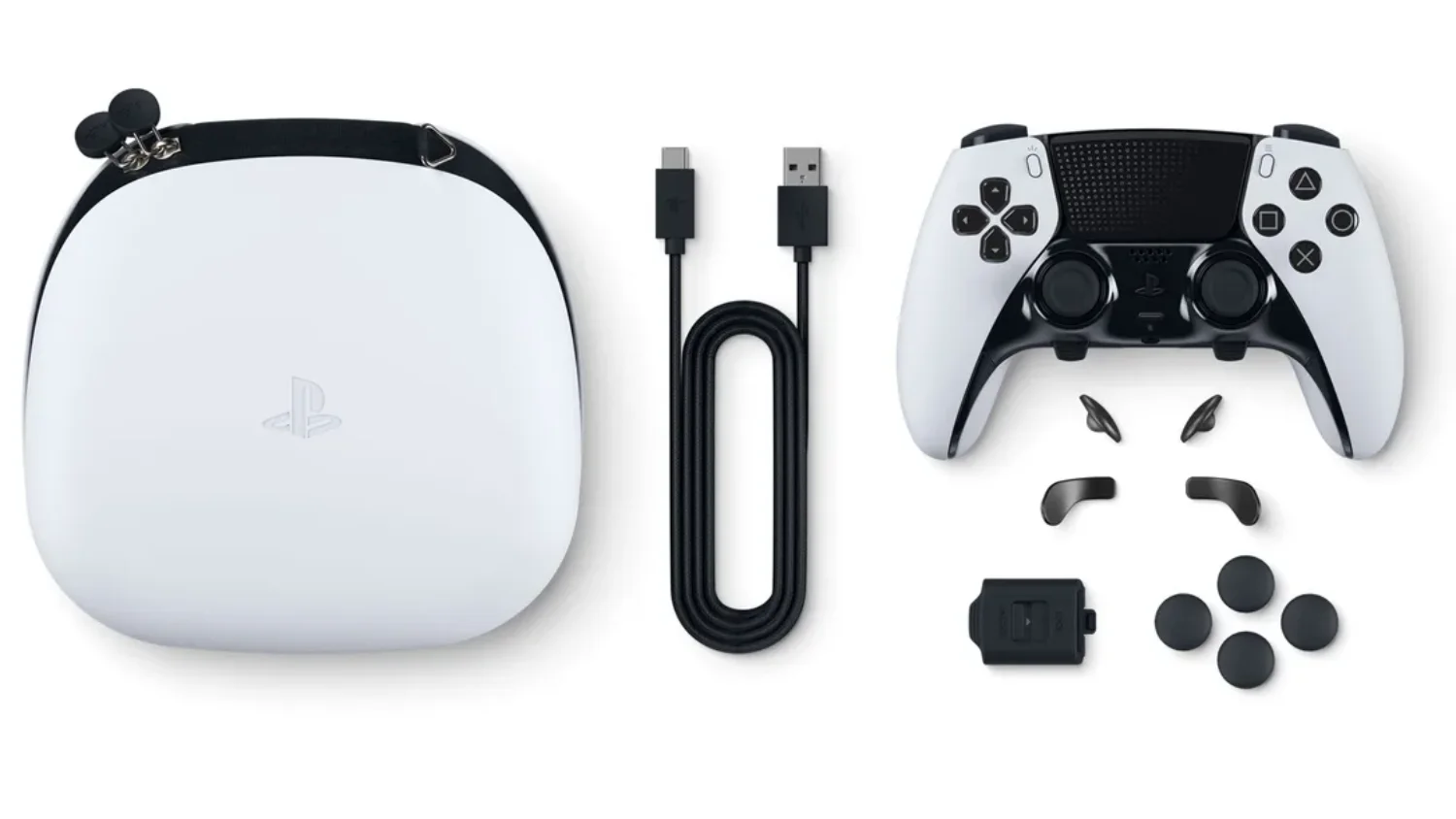
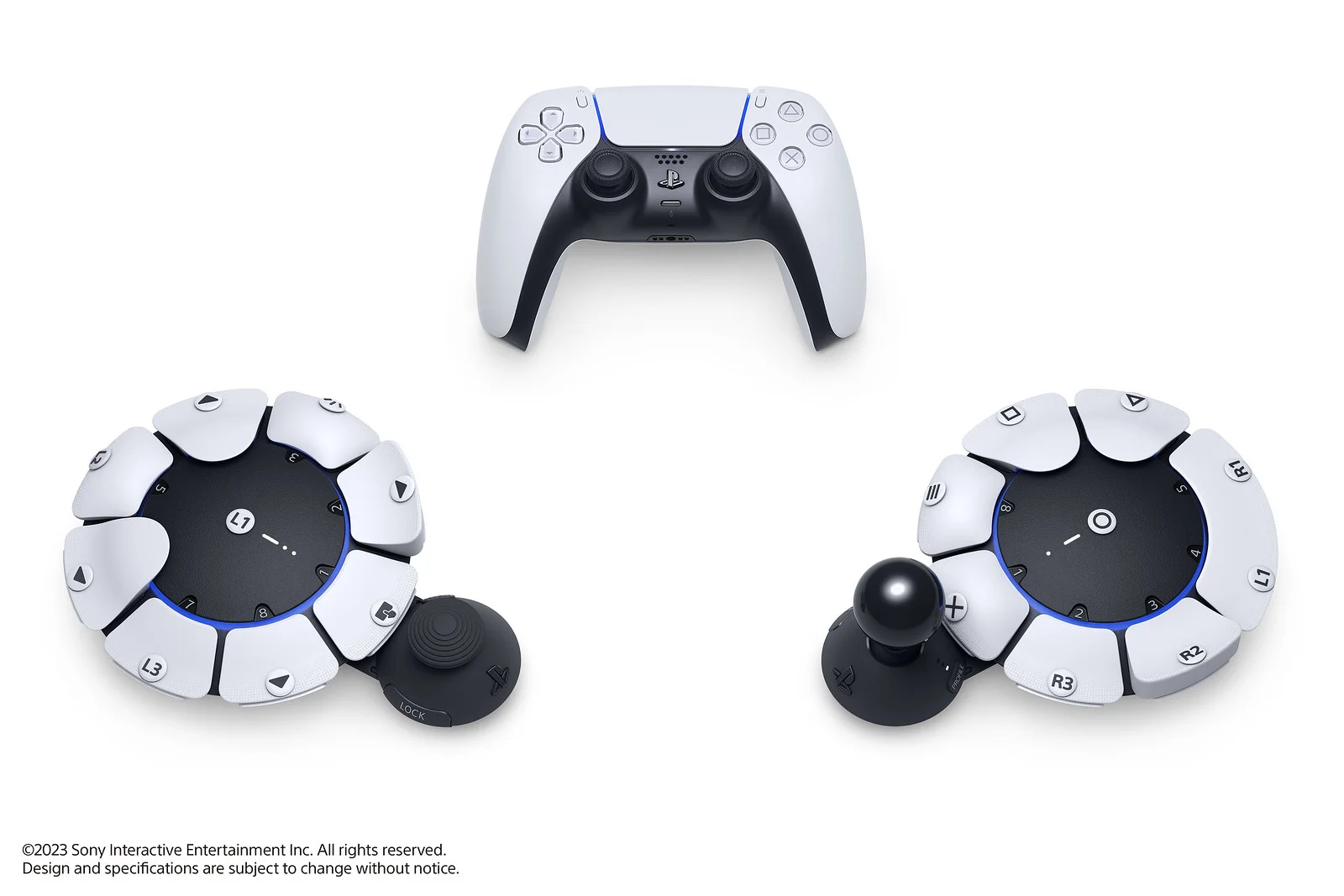
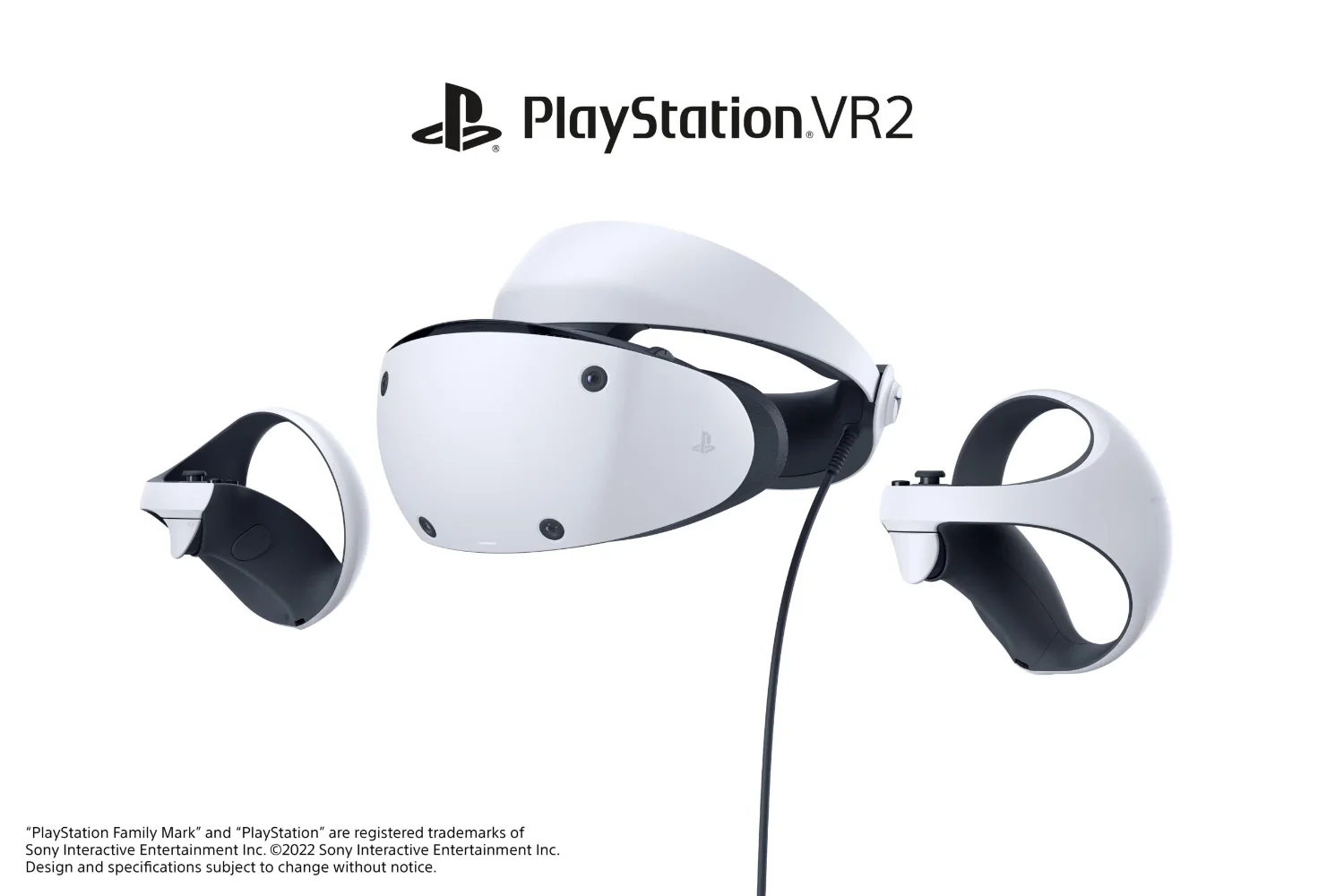
Playstation Network
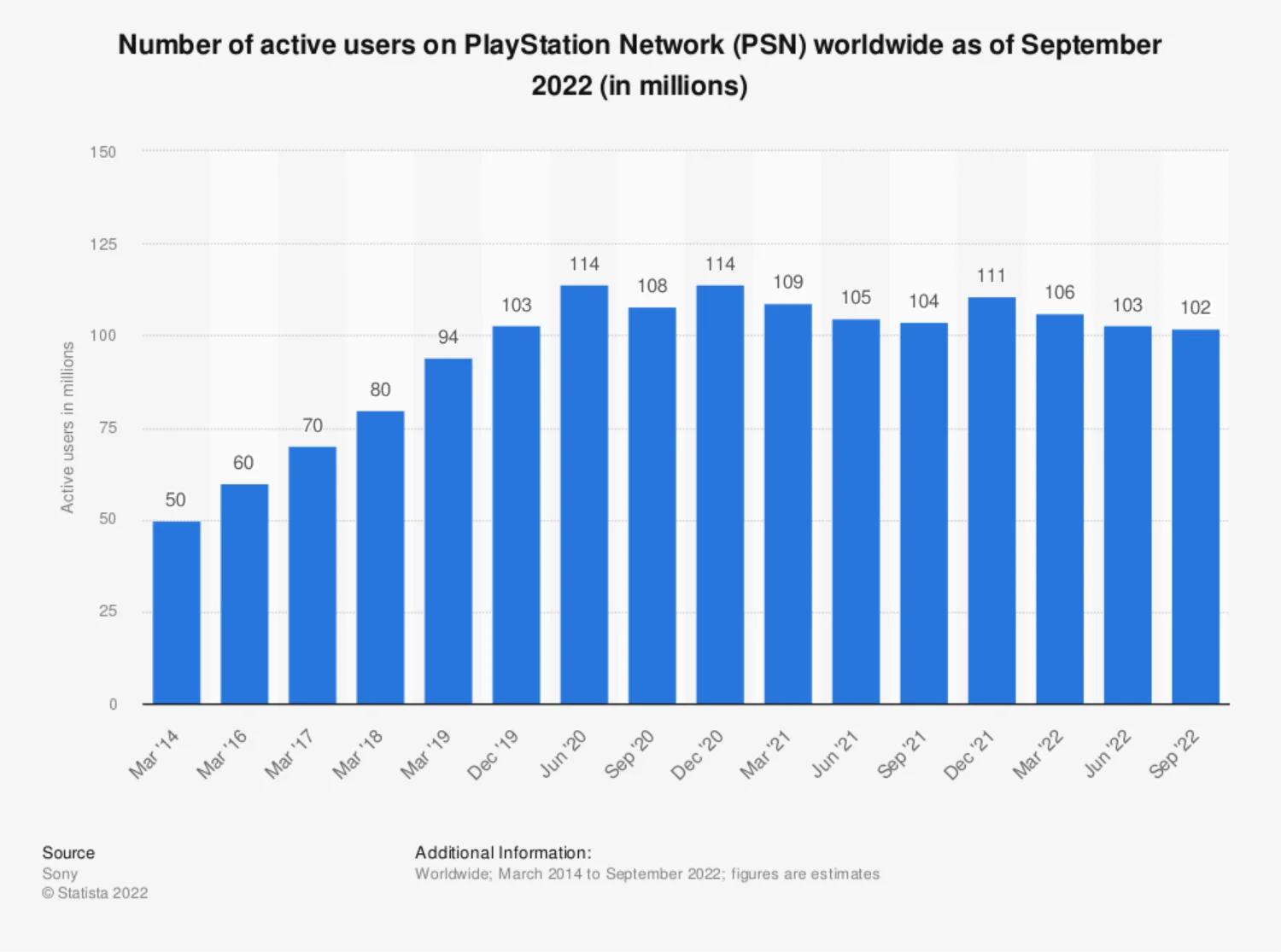
In the gaming console industry, there’s the notion of lifetime costs. Gaming console companies act like razor companies: they sell the gaming console at a loss or break even costs and make money through the sale of the games themselves. It was known that during a lifetime of a console, the owner would buy around 6-7 games and the gaming company basically fine tune their model so they would start profiteering by the 2nd or 3rd game that the user bought.
The internet basically changed everything. Now gaming console companies own a platform where they have massive power through being networked to a central server: their server. And gaming also changed. You once have a complete game and you might have an extension pack or two for the popular ones. Now, games are highly complex and shipped unfinished. Gaming companies calibrate them over the years and introduce new fashion accessories to individualize your character. There’s basically a sub-economy in highly social networked games. And the one who controls the platform, like Sony’s playstation, are the ones inline to get a cut.
With over 100 million users in the Playstation Network and with almost half of them paying the higher tier Playstation Plus, the effect to Sony’s bottom line is immense.
For developers
While there’s a whole lot things going on the consumer side of things, there’s also the smaller but equally important side of things: the supply side where game developers supply the game on the Playstation network.
In the olden days of gaming, there were two major parts of the supply side: the games developer and the games distributor. The game developers are usually a small team of around 20 - 30 people working on a single game. They in turn give their game to a distributor like Electronic Arts or Activision which will distribute their games around what used to be physical stores. Now these stores are virtual and in Playstation’s case, it’s the Playstation Network.
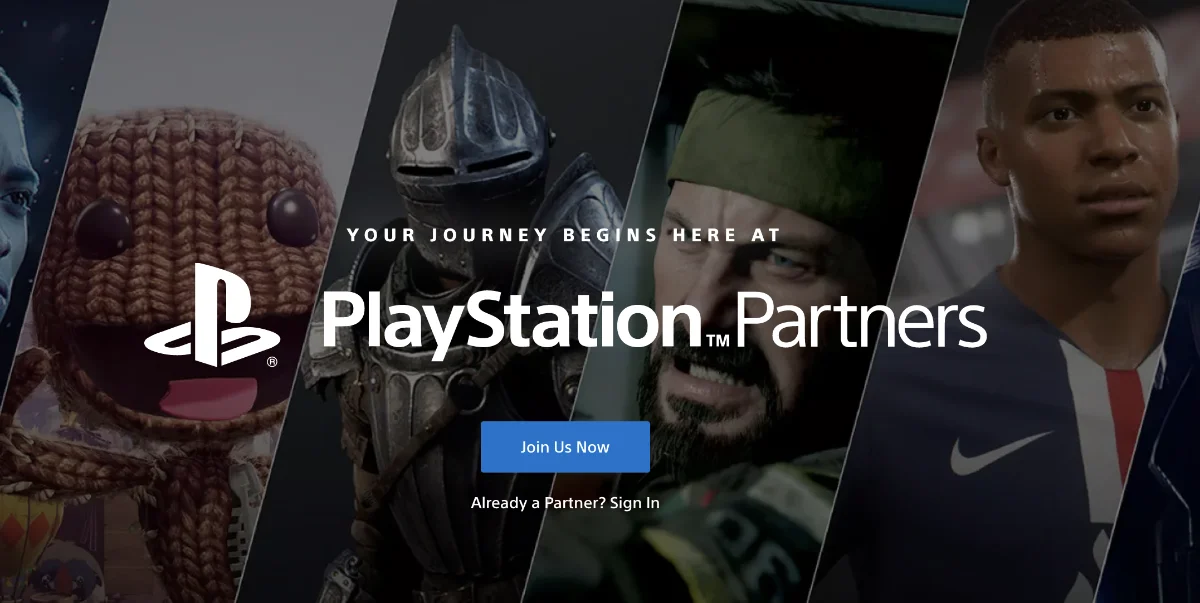
Sony gives a path to cut the middleman via the Playstation Partners Network where small indie companies that don’t want to give up their independence a chance to publish their game on the Playstation Store. However, there’s also the question of promotion which the games developer still has to do.
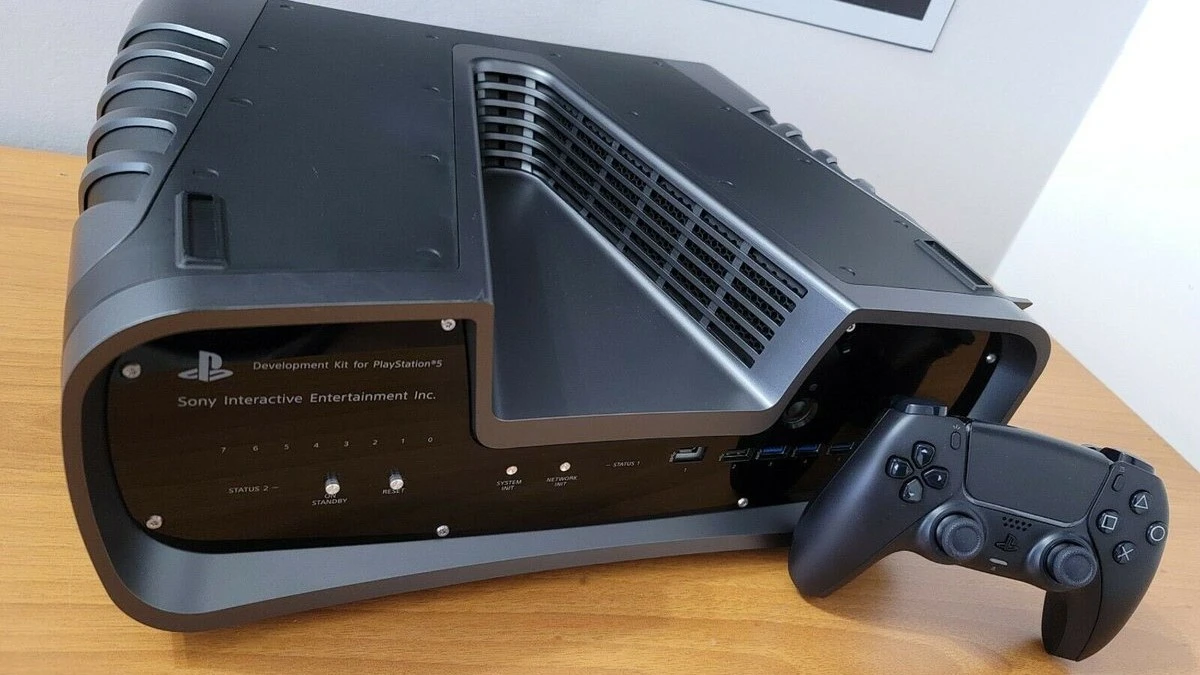
Other than a method of publishing the games, Sony also helps with games development via a Playstation Developer’s Kit, a specialized hardware for developers to test and fine tune their creation. Obviously these hardware are not sold for the general public.
The only gripe about the Playstation Partners Network is the barrier to entry. It requires you to be a legitimate company with proof of registration and an income statement. Tough Luck for people who are just want to try out games development on an attractive platform.
Conclusion
What once people thought of as a time wasting enterprise that brings nothing to the greater good has now become a multi billion dollar business and a legitimate sport in their own right.
It is interesting to see a company that has nothing to do with gaming is now one of biggest names in the gaming industry. Well done, Sony.
Plug
Support this free website by visiting my Amazon affiliate links. Any purchase you make will give me a cut without any extra cost to you
| Base | Pro | |
|---|---|---|
| iPhones | iPhone 16 / iPhone 16 Plus - (Amazon) | iPhone 16 Pro / iPhone 16 Pro Max - (Amazon) |
| Watch | Apple Watch SE (Amazon) / Apple Watch Series 10 | Apple Watch Ultra 2 (Amazon) |
| AirPods | AirPods 4 (Amazon) | AirPods Pro 2 (Amazon) / AirPods Max (Amazon) |
| iPad | iPad 10 (Amazon) / iPad Mini (Amazon) | iPad Air M2 (Amazon) / iPad Pro M4 (Amazon) |
| Laptops | MacBook Air M3 (Amazon) | MacBook Pro M3 (Amazon) / MacBook Pro M3 Pro/Max (Amazon) |
| Desktop | Mac Mini (Amazon) / iMac (Amazon) | Mac Studio / Mac Pro |
| Displays | Studio Display (Amazon) | Pro Display XDR (Amazon) |
Other Ecosystem Items
